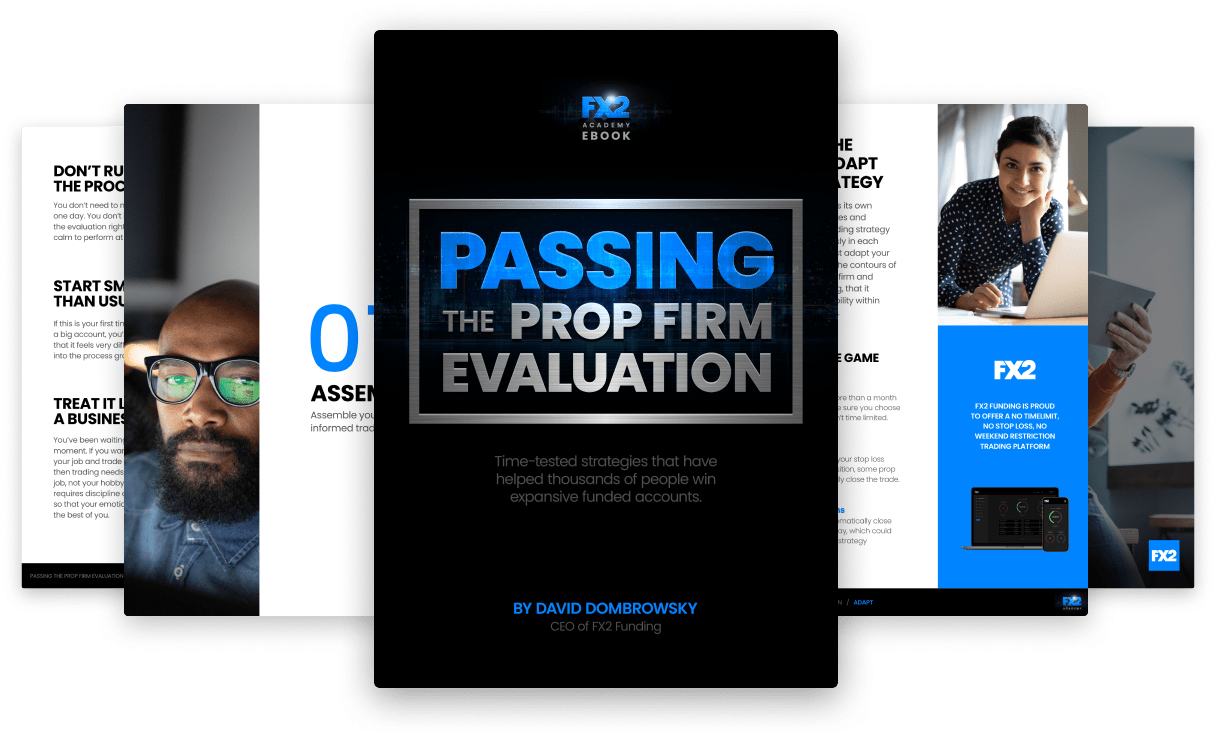What Are the 5 Rules of Risk Management?
Effective risk management is essential for successful trading, and adhering to core principles helps safeguard your investments. These rules are foundational in creating a disciplined trading strategy:
- Know Your Risk Per Trade: Always decide how much of your portfolio you are willing to risk on a single trade. A common practice is to risk no more than 1-2% of your total capital on one position.
- Set Stop-Loss Orders: Implement stop-loss orders to automatically close a trade at a predetermined price level, thus capping potential losses if the market moves against you.
- Use Take-Profit Orders: Similar to stop-loss orders, take-profit orders automatically close your trade once it reaches a certain level of profit, securing your gains.
- Manage Leverage Carefully: While leverage can magnify returns, it also increases potential losses. Use leverage prudently, ensuring it aligns with your risk tolerance and market volatility.
- Regularly Review and Adjust Strategies: Markets are dynamic; hence, regularly reviewing and adjusting your strategies based on performance and changing market conditions is vital.
What Is the 1% Rule in Trading?
The 1% rule is a risk management strategy that suggests not risking more than 1% of your total trading capital on a single trade. This method helps manage risk by limiting the maximum loss per trade, thus protecting traders from significant losses, particularly during volatile market conditions.
Effective risk management is essential for any trader, regardless of experience level. These tools help you minimize potential losses and protect your capital.
Stop-loss order
This is a critical tool that helps traders prevent significant losses by setting a predetermined price at which a losing trade will automatically close.
Correct position sizing
Determining the correct position size is essential to manage risk effectively. It involves adjusting the amount of capital invested based on your risk assessment and the stop-loss setting.
Hedging
This technique involves opening positions in the market that offset potential losses in your current trades. It's akin to taking out insurance against your market positions.
Diversification
By spreading investments across various asset classes or market sectors, diversification reduces the risk of losing your investment and helps stabilize returns over time.
The risks of trading different assets
Different assets come with varying degrees of risk. Understanding these risks is crucial for making informed trading decisions.
Forex
Involves substantial risk due to factors like leverage, market volatility, and the global nature of currency markets.
Indices
Index traders must be aware of market-wide risks and economic changes that may affect multiple sectors represented within the index.
Commodities
These markets can be significantly affected by changes in weather, political instability, and fluctuations in supply and demand.
Crypto
Cryptocurrency markets are highly volatile and subject to regulatory, technological, and security risks.
Risk Planning
Risk planning is the foundation of successful trading. It involves proactively identifying potential risks, assessing their impact on your trades, and developing strategies to mitigate or manage them. By incorporating risk planning into your trading routine, you can increase your chances of achieving your financial goals.
Trading Risk Reward Ratio
The risk/reward ratio is a trader's tool to assess the potential profit of a trade relative to its risk. Aim for a ratio where the expected return is significantly higher than the risk, often at least 2:1 or 3:1.
Assessing and Identifying Trading Risks
Effectively assessing risks involves a deep understanding of market conditions, economic indicators, and the specific environments of traded assets. Utilizing tools like economic calendars or market sentiment indicators can provide insights into potential risks.
Casting Expected Return
This involves estimating the potential returns of trading strategies based on historical data and probabilistic forecasting. It's crucial for understanding whether the potential gain from a trade justifies the risk taken.
Short-Term vs. Long-Term Trading Risk Management
Short-term traders need to apply stringent risk management due to the high frequency and potentially small margins of their trades. Long-term traders, while still vigilant, can afford slightly more flexibility due to the extended nature of their trading strategies.
Minimizing Psychological Risks in Trading
Emotional decision-making can lead to significant trading mistakes. Traders should cultivate emotional discipline by adhering to their trading plans and avoiding impulsive decisions based on fear or greed.
Bottom Line
Risk management is an essential discipline that underpins successful trading strategies. By understanding and applying these principles, traders can protect their capital and enhance their chances for success in the trading arena.






